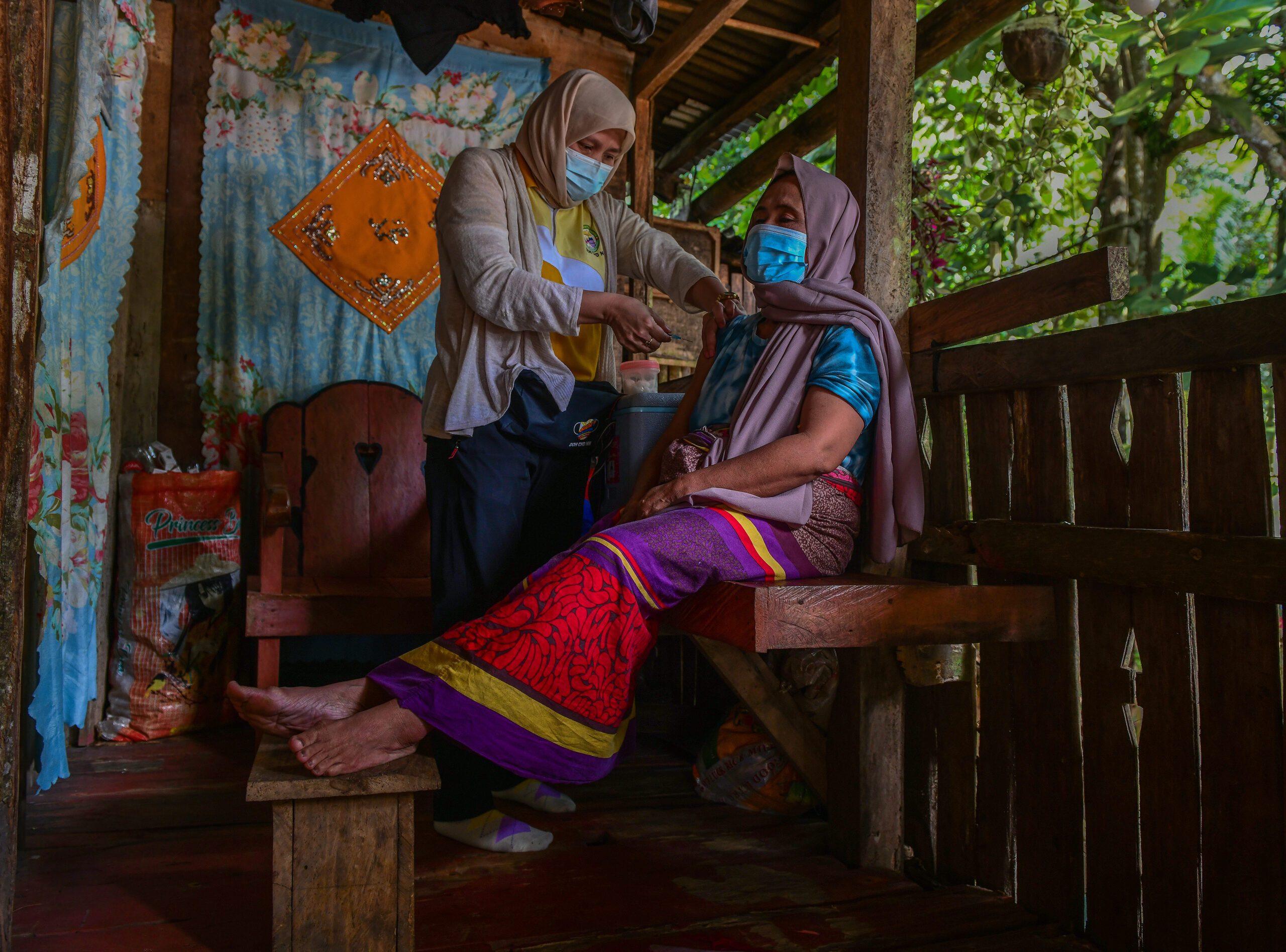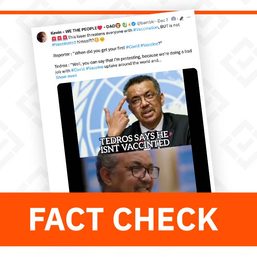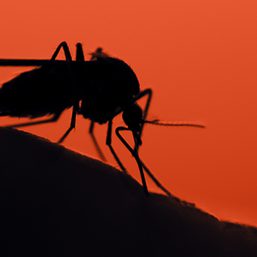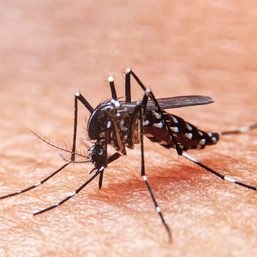SUMMARY
This is AI generated summarization, which may have errors. For context, always refer to the full article.

LANAO DEL NORTE, Philippines – Carrying bags of COVID-19 vaccine doses, Hairan Dimosimba Campong and her team of 12 nurses squeezed into an ambulance that then brought them to the outlying villages of Pantar town in Lanao del Norte.
The ambulance driver stopped in every village they passed, and two or three nurses got off to offer vaccine doses to people. They did this until they reached Barangay West Pantar.
At one of their stops, Campong and two others left the ambulance, lugging a bag containing the COVID-19 vaccines, and instructing the driver to wait for them at the highway. They then hiked up a hill through a muddy trail.
“Every day since January, we have been doing this. Rain or shine,” Campong said.
The healthcare workers are going door-to-door to vaccinate residents against COVID-19, but Campong’s team is facing an uphill battle as they encounter vaccine hesitancy among residents.
Misinformation, fear of side effects, and concerns about losing work if they fall ill are among the reasons for the reluctance.
Despite these challenges, Campong’s group is pushing forward to immunize more people.

Dr. Hapsa Salic Batuan, head of the Pantar town Rural Health Unit, said Campong and the nurses started their house-to-house campaign early this year because vaccination hesitancy kept people from going to public health facilities.
Campong said they always got negative responses from people in hinterland villages, and some would even hide inside their houses the moment they saw the nurses with their bags of COVID-19 vaccine doses.
She said others would feign sickness or tell the nurses that they were not ready to receive the jabs.
“These are their usual excuses when we go to their houses. Many of them are afraid that they would get sick,” she said.
Campong said it was understandable since a day in bed because of the side effects would mean they would not be able to work and provide food for their families.
She said most residents here live on “a hand-to-mouth” existence, barely earning from the farmland on the slopes of Pantar, a fifth-class municipality beside the Agus River in Lanao del Norte.
Most of Pantar’s 26,599 residents are farmers who sell their produce in nearby Marawi City or at the roadside stalls that dot the highway.
The Department of Health (DOH) in Region X has targeted 16,489 residents in the municipality of Pantar, Lanao del Norte for vaccination.
In its March 12 assessment, the DOH-X said only 5,568 residents had been given their first dose of vaccine and only 4,914 residents got their second doses in the town.
For the first booster shot, the DOH-X said only 1,141 residents received jabs while only 271 did for the second booster.
Health officials said some 10,921 residents remain unvaccinated, making Pantar municipality among the most problematic areas in Lanao del Norte in terms of vaccine hesitancy.
Despite the difficulties, Campong and her team continued visiting more houses in Barangay West Pantar, braving muddy trails and rain, until they came upon the house of 57-year-old Fatimah.
Fatimah readily agreed to be jabbed – it was her first booster shot. She told them she was waiting for weeks for the nurses to pass by.
“I was not scared of being vaccinated. I did not listen to my neighbors who spoke of unfounded stories about the COVID-19 vaccine,” Fatimah told the team as she showed them her vaccination card, proof that she had received the doses twice.
Campong’s second luck came as the weary team returned to the highway. A woman went up to them showing her vaccination card and asking for a second shot.
“We are lucky today. We have two vaccinations but on other days, we had zero,” Campong said.
Another team of nurses who went farther down the highway came back with no accomplishment because no one wanted to get jabbed.
Batuan said the spread of disinformation on the COVID-19 vaccines made more people hesitate against vaccination.
“At the onset of the pandemic, news and commentary programs were airing fake news about the vaccine. These stuck on the minds of the listeners,” the doctor explained.
Batuan said the DOH tried many ways to counter the wrong information but the misconceptions about the vaccines continued.
She said religious leaders like the Imams have joined them in the campaign to convince fellow Muslims to accept vaccines because “it is not haram (forbidden) but necessary to keep them safe.”
“I think the hesitancy is not religious but more cultural. Fake news about the vaccination program was so pervasive that it stayed in the minds of the residents,” Batuan said.
Batuan said another reason for hesitancy among the residents was when health authorities eased the COVID-19 restrictions that allowed residents to move around after two years of strict quarantine measures.
She said the requirement to present vaccination cards when entering shopping malls and entering nearby Iligan City was lifted as COVID-19 cases dropped nationwide.Batuan lamented that the unvaccinated became even bolder in shunning vaccination against COVID-19. – Rappler.com
Add a comment
How does this make you feel?

![[Rappler’s Best] US does propaganda? Of course.](https://www.rappler.com/tachyon/2024/06/US-does-propaganda-Of-course-june-17-2024.jpg?resize=257%2C257&crop=236px%2C0px%2C720px%2C720px)










![[ANALYSIS] Hippocrates and hypocrites](https://www.rappler.com/tachyon/2024/07/TL-medical-ethics-june-27-2024.jpg?resize=257%2C257&crop=314px%2C0px%2C720px%2C720px)









There are no comments yet. Add your comment to start the conversation.